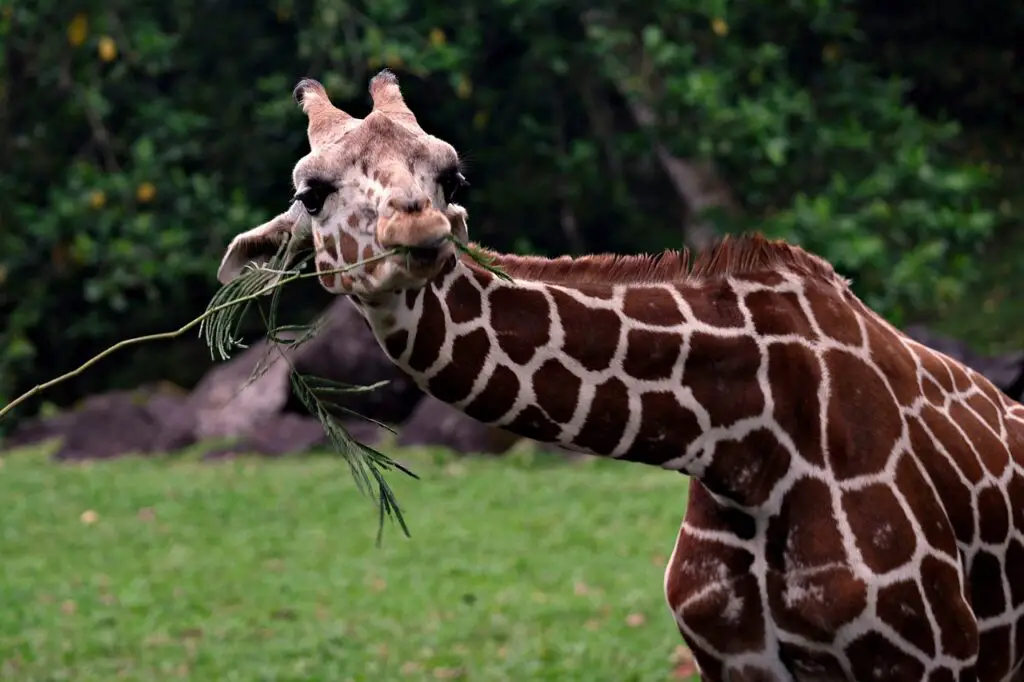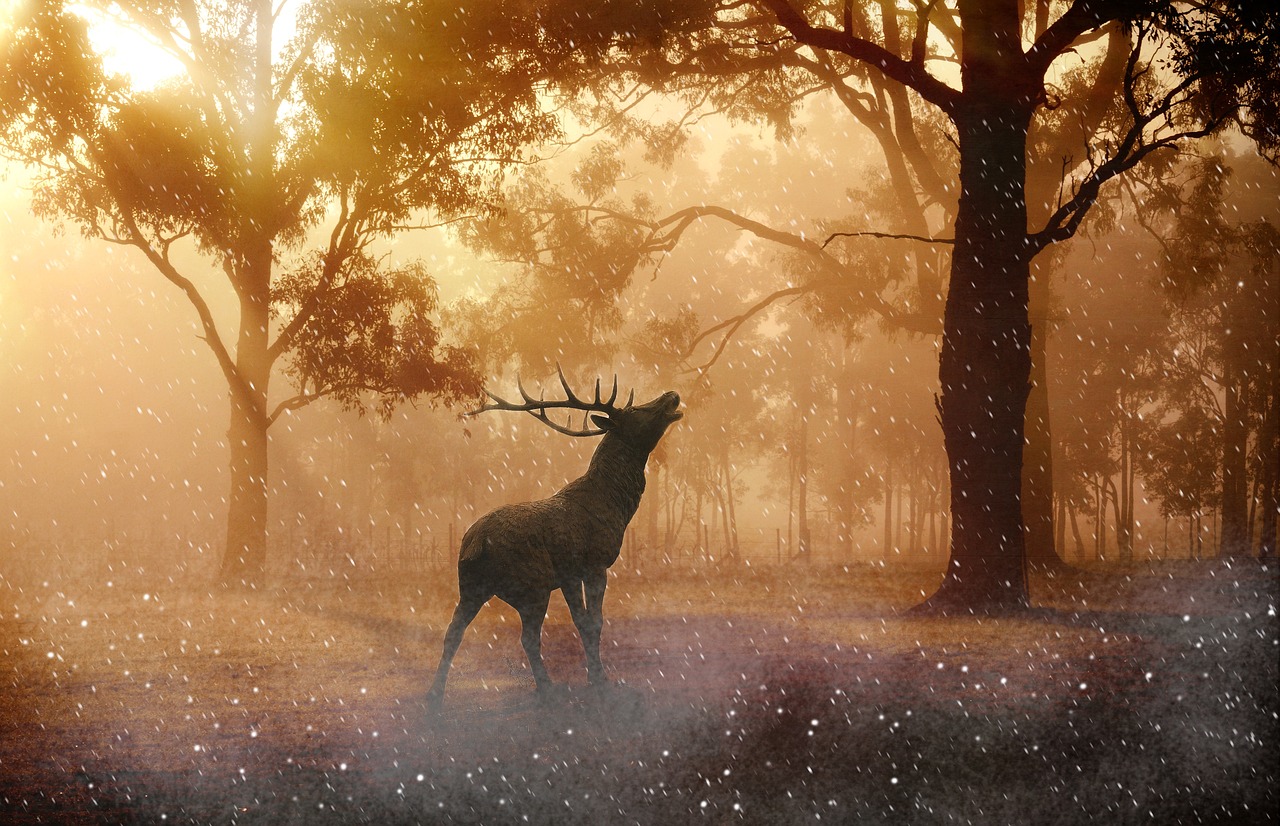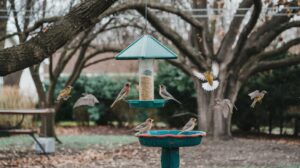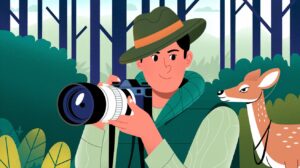You may think you know what it means for an animal to be wild, but have you ever stopped to consider the true meaning? In this article, we will explore the nuances behind the concept of wildness as it relates to animals. You will come to see that there are varying degrees of wildness, and that the term encompasses complex ideas about an animal’s relationship to humans as well as its natural state.
As we unpack the multidimensional qualities of animal wildness, you may be surprised to find your preconceived notions challenged. This examination will lead us to a more thoughtful understanding of what we really mean when we call an animal wild. Through an investigation grounded in science and philosophy, you will gain new perspective on a notion central to how we categorize and relate to the animal kingdom.
Defining Wild Animals: What Makes an Animal Truly Wild?
Natural Habitats and Behaviors
Wild animals live freely in natural habitats and ecological communities where they naturally occur, exhibiting natural behaviors and life cycles. They have not been domesticated or tamed by humans. For example, tigers are solitary apex predators that hunt and live in tropical rainforests, while elephants are highly social herd animals found in savannas and forests.
Self-Sustaining Populations
Wild animal populations are self-sustaining, meaning they do not depend on humans for survival and reproduction. Their numbers are regulated by availability of resources in the environment, like food and shelter, as well as natural predators. In contrast, populations of domestic animals like dogs, cattle, and chickens depend on humans to provide them with food, water, and shelter.
Instinctual Cautiousness of Humans
Wild animals tend to avoid contact with humans and exhibit an instinctual cautiousness towards us. They do not seek out or depend on humans to fulfill their needs. Some may become aggressive if they feel threatened or cornered by humans. Only through specialized conservation and research programs do wild animals become accustomed and habituated to human presence and contact.
Legal Designations and Protections
Governments designate certain animals as “wild” and afford them legal protections to promote conservation. Laws regulate and limit human activities like poaching, hunting, and habitat destruction that threaten wild populations. For example, tigers, elephants, gorillas, and sea turtles are protected under international law. Their wild status is officially recognized and defended.
In summary, wild animals are self-sustaining, living freely in natural habitats, exhibiting natural behaviors, and tending to avoid contact with humans. Their wildness is crucial to environmental health and biodiversity, so protecting wild animals and their habitats is vital for the planet.
Innate Behaviors and Instincts of Wildlife
Movement
Wild animals have an innate drive to move and migrate. Many species are nomadic, wandering over large areas to find food and shelter. Others migrate seasonally to take advantage of resources that are only available at
certain times of the year or in specific locations. These movement patterns are encoded in their DNA and play an important role in survival.
Feeding
Wild animals have innate feeding behaviors that aid their survival. Many species are opportunistic feeders that will consume whatever food sources are available. Others are more specialized, with feeding behaviors adapted for hunting specific types of prey or foraging certain foods. These feeding instincts drive animals to seek out and obtain the nutrients they need to survive and reproduce.
Reproduction
Reproduction is essential for the survival of species, so wild animals have strong instincts to mate and care for offspring. Courtship rituals, mating behaviors, parental care, and other reproductive drives are largely innate. They ensure animals select healthy mates, successfully copulate, and raise offspring to an age where they can survive on their own.
Aggression and Defense
Wild animals often exhibit aggressive or defensive behaviors to establish social hierarchies, compete for resources, and avoid predation. These behaviors, like territoriality, dominance displays, and mobbing of predators, are innate. They help ensure individual survival and reproduction as well as the stability of social groups and populations.
While wild animals are born with innate behaviors, they also have a degree of flexibility and learn throughout their lives. Their instincts provide a foundation for survival, but experiences also shape behavior. The interplay between nature and nurture allows species to adapt to changes in their environment.

The Nature of Wild Animals: Built for Life in the Wild
Ancestral Habits
Wild animals are adapted to survive and thrive in natural environments through generations of evolution. Their behaviors, movements, and habits are honed for living self-sufficiently in the wild. For example, many species establish complex social structures and territories to secure resources, find mates, and protect offspring. Others migrate long distances each year using the earth’s magnetic fields and celestial navigation to track changes in climate and the availability of food sources.
Physical Adaptations
Wild animals also have distinct physical characteristics adapted for their native habitats and lifestyles. Camouflage, sharp senses, speed, strength, and agility provide advantages for hunting, escaping predators, and enduring extreme weather. For instance, polar bears have thick fur and layers of fat to insulate against the arctic cold. Birds of prey have keen eyesight to spot small prey from far away. Cheetahs can reach up to 75 miles per hour to chase down fast-moving prey in the African savanna.
Instinct for Survival
Perhaps most importantly, wild animals have a strong instinct for survival. They are always alert and wary of potential dangers in their surroundings. At the first sign of a threat, their fight or flight response kicks in. They may stand their ground and defend themselves aggressively or flee to safety. This constant vigilance and readiness to react helps ensure their survival in an unpredictable world.
In summary, wild animals are uniquely equipped through natural selection to live freely and self-sufficiently in the wild. Their behaviors, bodies, and instincts have developed over many generations to thrive in their native environments without human aid or interference. Although a wild animal in captivity may become habituated to humans, it will always retain its wild nature.
Diverse Habitats of Wild Animals Around the Globe
Tropical Rainforests
Tropical rainforests are dense, lush forests located in tropical regions around the equator. They are home to the vast majority of the world’s plant and animal species. Many wild animals inhabit the diverse layers of tropical rainforests, including jaguars, toucans, gorillas, and anacondas. The constant warmth and abundant rainfall provide ideal conditions for plant and animal life. However, deforestation and habitat loss threaten many rainforest species.
Grasslands
Grasslands, such as savannas and prairies, are open expanses of grasses and seasonal wildflowers. Large herbivores such as bison, zebras, and antelopes graze on the grasses, while predators like lions, hyenas, and wolves hunt them. Grasslands support diverse wildlife uniquely adapted to open, treeless terrain and are an important habitat for numerous bird species. Sadly, many grasslands have been converted to agricultural land, endangering the wildlife that call them home.
Deserts
Deserts are dry, arid regions that receive little precipitation. Despite the harsh conditions, deserts support a variety of well-adapted plants and animals, such as cacti, camels, snakes, lizards, and desert mice. Desert wildlife has evolved biological mechanisms for conserving water and surviving extreme heat. However, desert ecosystems are fragile, and desertification due to human activity and climate change poses a threat. Protecting desert habitats and the wildlife they support is critical for maintaining biodiversity.
Polar Regions
Polar regions, including the Arctic and Antarctic, are cold, icy habitats located at the highest latitudes. Iconic Arctic wildlife includes polar bears, arctic foxes, caribou, and arctic hares, while penguins, seals, whales, and seabirds inhabit Antarctica. Polar wildlife is specially adapted for surviving and thriving in freezing temperatures and on snow and ice. However, polar ecosystems are particularly vulnerable to the effects of climate change, and the melting of sea ice poses an existential threat to many polar species. Urgent action must be taken to curb greenhouse gas emissions and protect these fragile habitats.
Frequently Asked Questions About Defining Wild Animals
What characteristics define a wild animal?
Wild animals are animals that live freely in their natural environment and are not domesticated or tamed. They are self-sufficient and able to survive independently in the wild. Wild animals hunt and forage for their own food, find their own shelter, and generally avoid direct contact with humans. They have not been bred in captivity and still exhibit natural behaviors and instincts. Some common characteristics of wild animals include:
- A natural fear of humans that leads them to avoid contact. Wild animals do not rely on humans for food or shelter.
- Nomadic behavior and the ability to migrate long distances. Wild animals roam freely and are not confined to a specific area.
- An innate ability to hunt, forage, and find shelter independently. Wild animals have retained their natural survival instincts.
- A lack of dependence on humans. Wild animals do not rely on humans for care, food, or assistance in raising their young. They avoid interactions with and manipulation by humans.
- Physical adaptations suited for living in natural environments. Wild animals have traits adapted for survival in the wild.
How are wild animals different from domesticated animals?
Domesticated animals, unlike wild animals, have been bred in captivity for generations and have adapted to living with humans. They are dependent on and interact frequently with people. Some key differences include:
- Domesticated animals are bred and raised to be tame, friendly, and interact positively with humans. Wild animals typically avoid contact with people.
- Domesticated animals rely on humans for essentials like food, shelter, and breeding. Wild animals are self-sufficient.
- Domesticated animals have been bred selectively to emphasize traits that are valuable to humans, like appearance, size, or behavior. Wild animals retain traits adapted for natural environments.
- Domesticated animals are confined to specific areas, like homes, farms, or enclosures. Wild animals roam freely in the wild.
- Domesticated animals have a long history of breeding in captivity. Wild animals mate and raise offspring without human intervention.
In summary, the key distinction comes down to the degree of human influence and interaction. Domesticated animals depend on and live closely with humans, while wild animals are primarily self-sufficient and tend to avoid contact with people.
Upgrade your wildlife photography: Capture stunning nighttime images with the clarity of Ultra-X.
Get Now!


Conclusion
Ultimately, there is no definitive answer as to what makes an animal wild. While certain attributes like living independently from human domestication are commonly associated with wildness, even species considered domesticated can exhibit wild behaviors. Perhaps wildness is better viewed as a spectrum, with some animals being more or less wild based on their relationship to and reliance on humans. As our interactions with nature evolve, the very notions of wildness shift. Still, most would agree that wild animals inhabit a world apart from humans, living unrestrained lives we can scarcely comprehend. Though the line between wild and tame may blur, the wild will endure—an unknowable, untamable realm we explore but never fully grasp.





